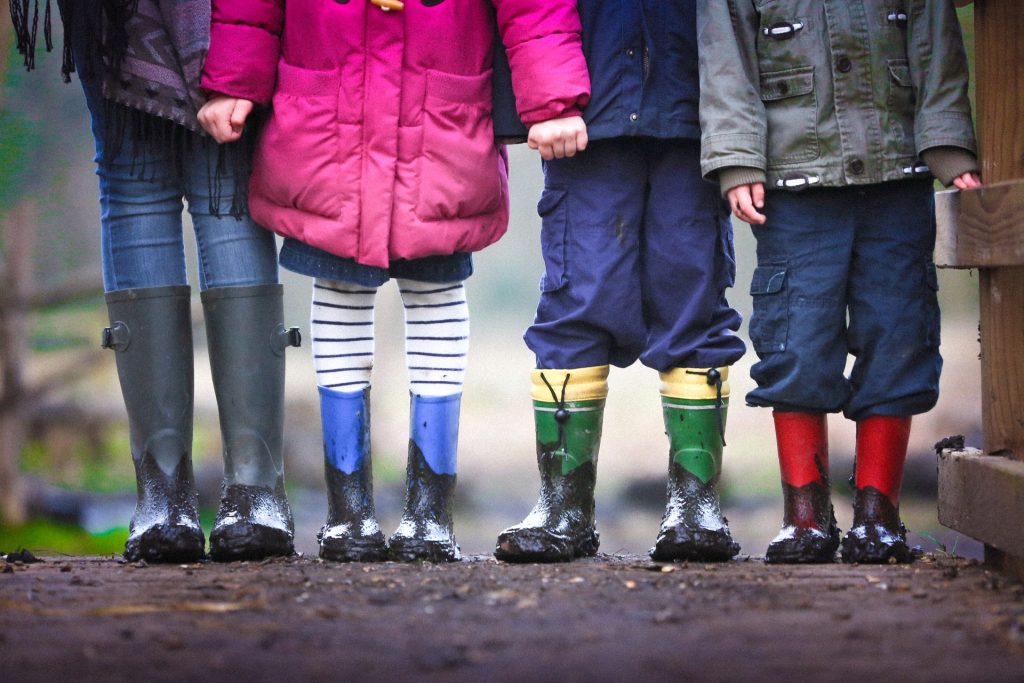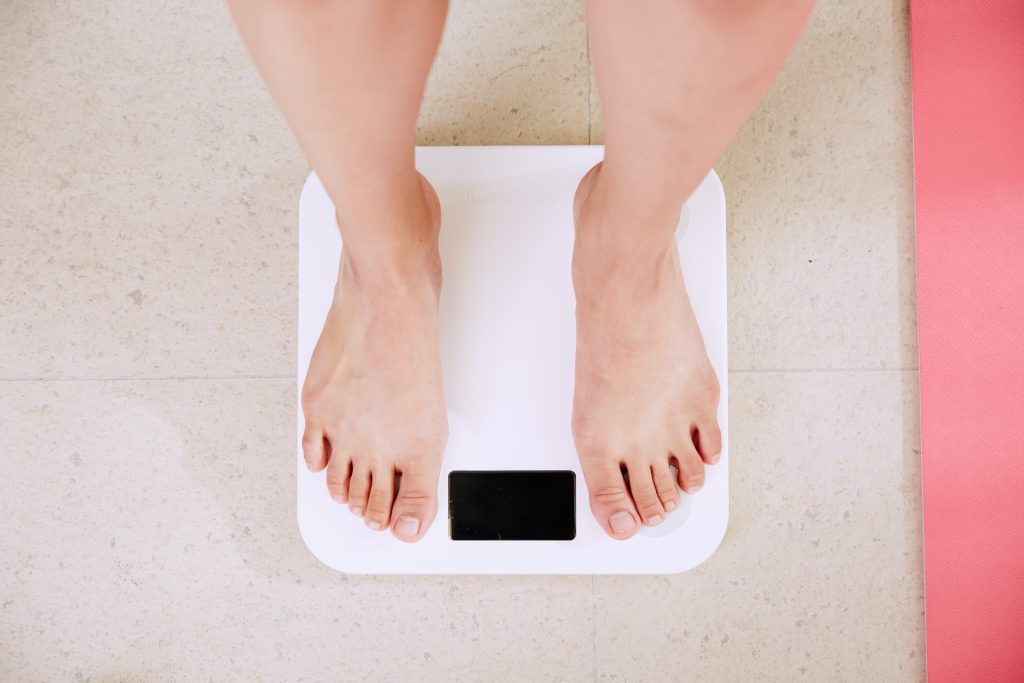Siblings of Autistic Children have Higher Risk of Autism

Siblings of autistic children have a 20% chance of being autistic themselves – about seven times higher than the rate in infants with no autistic siblings, according to new research published in Pediatrics.
The study, by UC Davis MIND Institute distinguished professor Sally Ozonoff and the Baby Siblings Research Consortium, is based on a large, diverse group of families at research sites across the United States, Canada, and the United Kingdom. It confirms the same research group’s 2011 findings about the likelihood of autism in siblings, and adds news information suggesting it is more common, not less, in historically underrepresented groups.
Increasing autism rates prompt new study
“The rate of autism diagnosis in the general community has been steadily increasing since our previous paper was published,” Ozonoff explained. Ozonoff has studied the recurrence of autism in families for decades.
The latest estimates from the Centers for Disease Control and Prevention show that about 1 in 36 children has autism. In 2011, the estimate was 1 in 68.
Ozonoff noted that there have also been changes in autism diagnostic criteria over the past decade. In addition, there is a growing awareness of autism in girls.
“So, it was important to understand if these had any impact on the likelihood of autism recurrence within a family,” she said.
The 2011 paper found a recurrence rate of 18.7%, while the new paper found a rate of 20.2% – a small but not significant increase.
“This should reassure providers who are counseling families and monitoring development. It should also help families plan for and support future children,” Ozonoff said.
A larger, more diverse study
The new study included data from 1605 infants at 18 research sites. All infants had an older autistic sibling.
“This study was much larger than the first and included more racially diverse participants,” Ozonoff said. The original study included 664 children.
Researchers followed the children from as early as six months of age for up to seven visits. Trained clinicians assessed the children for autism at age three using the Autism Diagnostic Observation Schedule (ADOS-2), a well-validated tool. The data were gathered from 2010 to 2019.
Sex of first autistic child, multiple autistic siblings key factors
Researchers found that the sex of the first autistic child influenced the likelihood that autism would recur within a family.
“If a family’s first autistic child was a girl, they were 50% more likely to have another child with autism than if their first autistic child was a boy,” Ozonoff said. “This points to genetic differences that increase recurrence likelihood in families who have an autistic daughter.”
The researchers also found that a child with multiple autistic siblings has a higher chance of autism (37%) than a child with only one sibling on the spectrum (21%).
The sex of the infant was also associated with the likelihood of familial recurrence. If the later-born infant was a boy, they were almost twice as likely as a girl to be diagnosed themselves.
“The familial recurrence rate if the new baby was a boy was 25%, whereas it was 13% if the new baby was a girl,” Ozonoff explained. “This is in line with the fact that boys are diagnosed with autism about four times as often as girls in general.”
Race, maternal education level influence recurrence
The researchers found that race and the mother’s education level were likely factors as well. In non-white families, the recurrence rate was 25%. In white families, the recurrence rate was about 18%. In families where the mother had a high school education or less, recurrence was 32%. With some college, the rate was 25.5%, and with a college degree the rate was 19.7%. When the mother had a graduate degree, it dropped to 16.9%.
“These findings are new – and critical to replicate,” Ozonoff explained. “They do mirror the recent CDC findings that autism is more prevalent in children of historically underrepresented groups.” She noted that this reversed a longtime trend of lower prevalence in those groups.
Most importantly, said Ozonoff, if these findings are replicated, they may indicate that there are social determinants of health that may lead to higher rates of autism in families. She emphasized that this study was not designed to answer those critical questions, and more research is needed.
Tracking outcomes
Unlike the first study, the researchers also tracked families who dropped out of the three-year study to see if their outcomes differed from those who did. “We wondered whether families who stayed in the study may have had children who were more affected — making them more worried about their development,” she explained.
That could have biased the estimates of recurrence to be higher than they really were. The current study showed that was not the case.
“So, now we have two large, independent studies that report familial recurrence in the same range,” Ozonoff said. “This reinforces how important it is that providers closely monitor the siblings of autistic children for delays in social development or communication. This is especially true in families who have reduced access to care, because early diagnosis and intervention are critical.”




